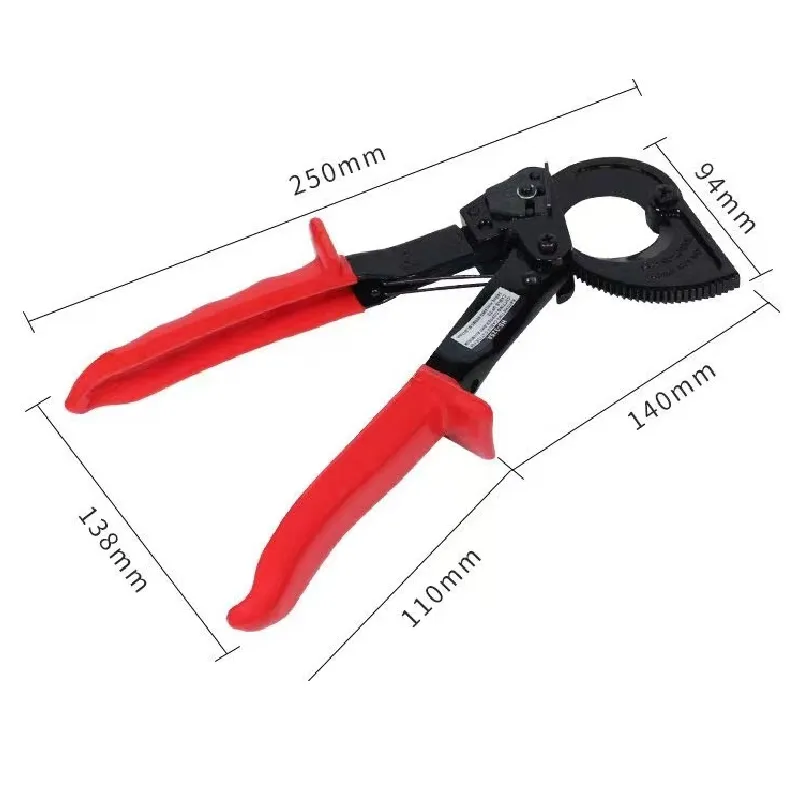
-
 Afrikaans
Afrikaans -
 Albanian
Albanian -
 Amharic
Amharic -
 Arabic
Arabic -
 Armenian
Armenian -
 Azerbaijani
Azerbaijani -
 Basque
Basque -
 Belarusian
Belarusian -
 Bengali
Bengali -
 Bosnian
Bosnian -
 Bulgarian
Bulgarian -
 Catalan
Catalan -
 Cebuano
Cebuano -
 Corsican
Corsican -
 Croatian
Croatian -
 Czech
Czech -
 Danish
Danish -
 Dutch
Dutch -
 English
English -
 Esperanto
Esperanto -
 Estonian
Estonian -
 Finnish
Finnish -
 French
French -
 Frisian
Frisian -
 Galician
Galician -
 Georgian
Georgian -
 German
German -
 Greek
Greek -
 Gujarati
Gujarati -
 Haitian Creole
Haitian Creole -
 hausa
hausa -
 hawaiian
hawaiian -
 Hebrew
Hebrew -
 Hindi
Hindi -
 Miao
Miao -
 Hungarian
Hungarian -
 Icelandic
Icelandic -
 igbo
igbo -
 Indonesian
Indonesian -
 irish
irish -
 Italian
Italian -
 Japanese
Japanese -
 Javanese
Javanese -
 Kannada
Kannada -
 kazakh
kazakh -
 Khmer
Khmer -
 Rwandese
Rwandese -
 Korean
Korean -
 Kurdish
Kurdish -
 Kyrgyz
Kyrgyz -
 Lao
Lao -
 Latin
Latin -
 Latvian
Latvian -
 Lithuanian
Lithuanian -
 Luxembourgish
Luxembourgish -
 Macedonian
Macedonian -
 Malgashi
Malgashi -
 Malay
Malay -
 Malayalam
Malayalam -
 Maltese
Maltese -
 Maori
Maori -
 Marathi
Marathi -
 Mongolian
Mongolian -
 Myanmar
Myanmar -
 Nepali
Nepali -
 Norwegian
Norwegian -
 Norwegian
Norwegian -
 Occitan
Occitan -
 Pashto
Pashto -
 Persian
Persian -
 Polish
Polish -
 Portuguese
Portuguese -
 Punjabi
Punjabi -
 Romanian
Romanian -
 Russian
Russian -
 Samoan
Samoan -
 Scottish Gaelic
Scottish Gaelic -
 Serbian
Serbian -
 Sesotho
Sesotho -
 Shona
Shona -
 Sindhi
Sindhi -
 Sinhala
Sinhala -
 Slovak
Slovak -
 Slovenian
Slovenian -
 Somali
Somali -
 Spanish
Spanish -
 Sundanese
Sundanese -
 Swahili
Swahili -
 Swedish
Swedish -
 Tagalog
Tagalog -
 Tajik
Tajik -
 Tamil
Tamil -
 Tatar
Tatar -
 Telugu
Telugu -
 Thai
Thai -
 Turkish
Turkish -
 Turkmen
Turkmen -
 Ukrainian
Ukrainian -
 Urdu
Urdu -
 Uighur
Uighur -
 Uzbek
Uzbek -
 Vietnamese
Vietnamese -
 Welsh
Welsh -
 Bantu
Bantu -
 Yiddish
Yiddish -
 Yoruba
Yoruba -
 Zulu
Zulu


sept. . 25, 2024 01:57 Back to list
'cable clamp use: a comprehensive guide'
Cable Clamp Use A Comprehensive Guide
Cable clamps are essential components in various industries, particularly in electrical, telecommunications, and construction sectors. Their primary purpose is to secure cables and wires to prevent them from tangling or sustaining damage, thereby ensuring safety and efficiency in installations. This comprehensive guide delves into the various types of cable clamps, their uses, and best practices for installation.
Types of Cable Clamps
Cable clamps come in multiple designs, each suited for specific applications. Understanding the different types can help you choose the right one for your needs.
1. Saddle Clamps Often used in electrical installations, saddle clamps feature a curved surface that fits over the cable’s outer diameter. They can be made from plastic or metal and are typically mounted to a wall or panel, providing excellent support.
2. Rubber Cable Clamps These clamps are ideal for situations requiring flexibility and shock absorption. Made from rubber or a rubber-like material, they prevent wear and tear on cables, especially in dynamic environments where movement is involved.
3. Ratchet Clamps With a locking mechanism, ratchet clamps provide additional security for high-tension applications. They are commonly used in automotive settings and for securing large bundles of cables.
4. Cable Tie Wraps While not traditional clamps, cable ties are essential for bundling cables together. They are inexpensive and versatile but should be used with care to avoid over-tightening, which can damage the cable insulation.
5. Pipe Clamps Used to secure cables along piping systems, these clamps can accommodate various pipe sizes and keep cables orderly and protected from interference.
Uses of Cable Clamps
Cable clamps serve a multitude of functions across various domains. Some common uses include
- Electrical Installations In residential and commercial buildings, cable clamps help secure electrical wires against walls, preventing wear from friction and keeping them organized
.'cable clamp use: a comprehensive guide'

- Automotive Applications Automotive mechanics use cable clamps to secure wiring harnesses and cables, ensuring that they do not interfere with moving parts, which could lead to malfunctions or safety hazards.
- Telecommunication Cable clamps are vital in the telecommunication industry, where they keep fiber optic and copper cables neatly arranged, preventing signal loss or damage during installation and maintenance.
- Industrial Settings In factories, cable clamps are used on machines to keep power cables and control wires organized, minimizing the risk of accidents and ensuring a tidy working environment.
Best Practices for Installation
Proper installation of cable clamps is crucial for maximizing their effectiveness. Here are some best practices
1. Choose the Right Size Ensure that the clamp size matches the cable diameter. A clamp that is too tight may damage the cable, while one that is too loose may fail to secure it properly.
2. Positioning When installing clamps, distribute them evenly along the cable run. This prevents excessive tension on one area and redistributes the load evenly.
3. Materials Matter Select clamps made from materials suitable for the environment. For example, metal clamps may be prone to corrosion in humid conditions, while plastic clamps might not withstand high heat or loads.
4. Avoid Over-tightening When fastening a clamp, apply enough pressure to secure the cable but avoid going overboard. Over-tightening can lead to insulation damage and compromise the integrity of the cable.
5. Regular Inspection Periodically check installed clamps to ensure they remain secure and are not causing any damage to the cables over time. Replace any damaged or worn clamps immediately to maintain safety.
Conclusion
Cable clamps are indispensable in various applications, providing essential support and security for cables and wires. By understanding the different types, their uses, and best practices for installation, you can ensure that your electrical and telecommunication systems remain safe and efficient. Whether you're a DIY enthusiast or a professional, incorporating proper cable management techniques will lead to a more organized and reliable installation.
Latest news
duct-rodders-and-conduit-rod-tools
NewsAug.22,2025
ratchet-pullers-and-wire-tightening-tools
NewsAug.22,2025
chain-ratchet-pullers-and-hoist-solutions
NewsAug.22,2025
telescopic-hot-stick-for-electrical-and-high-voltage-use
NewsAug.22,2025
cable-clamp-and-insulated-cable-clamp-systems
NewsAug.22,2025
duct-rodder-conduit-rodder-and-cable-solutions
NewsAug.22,2025








